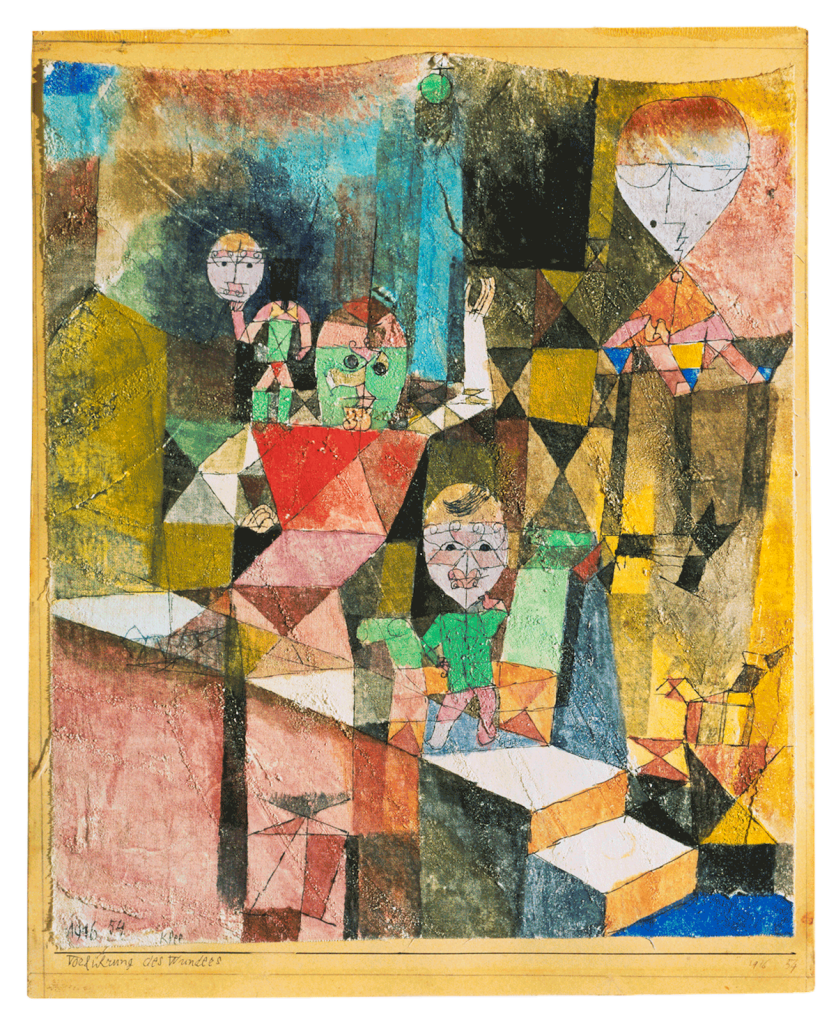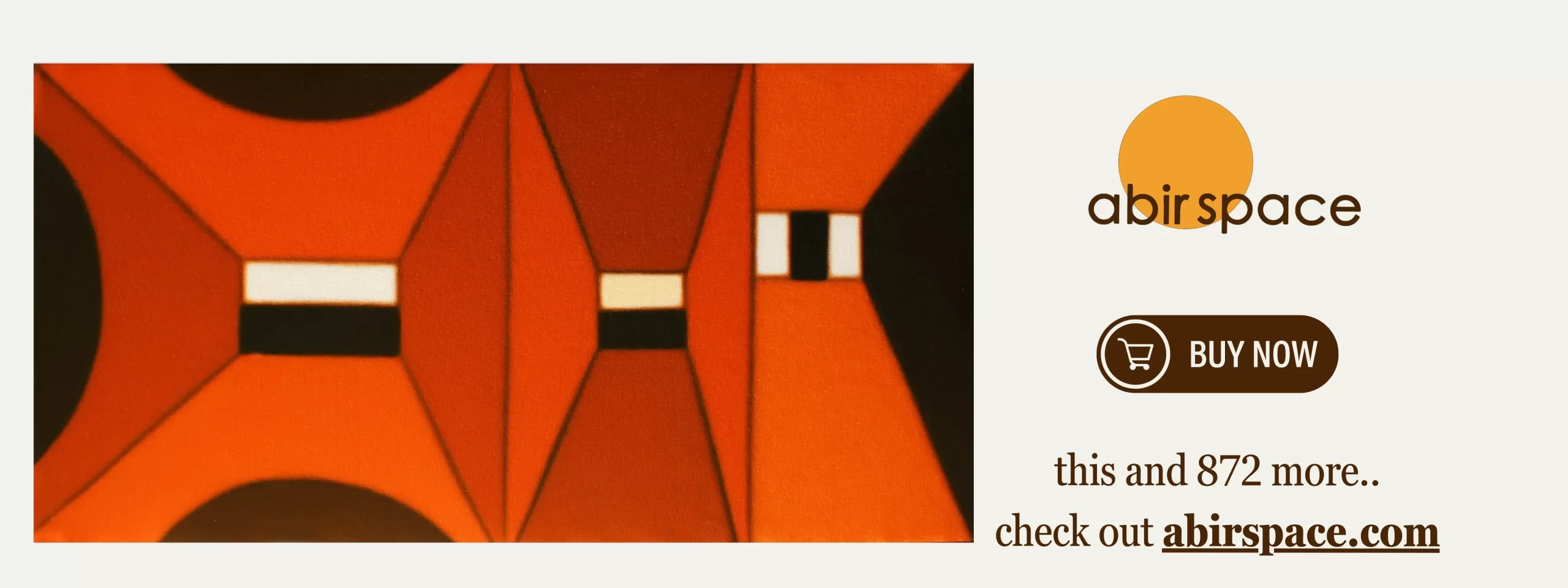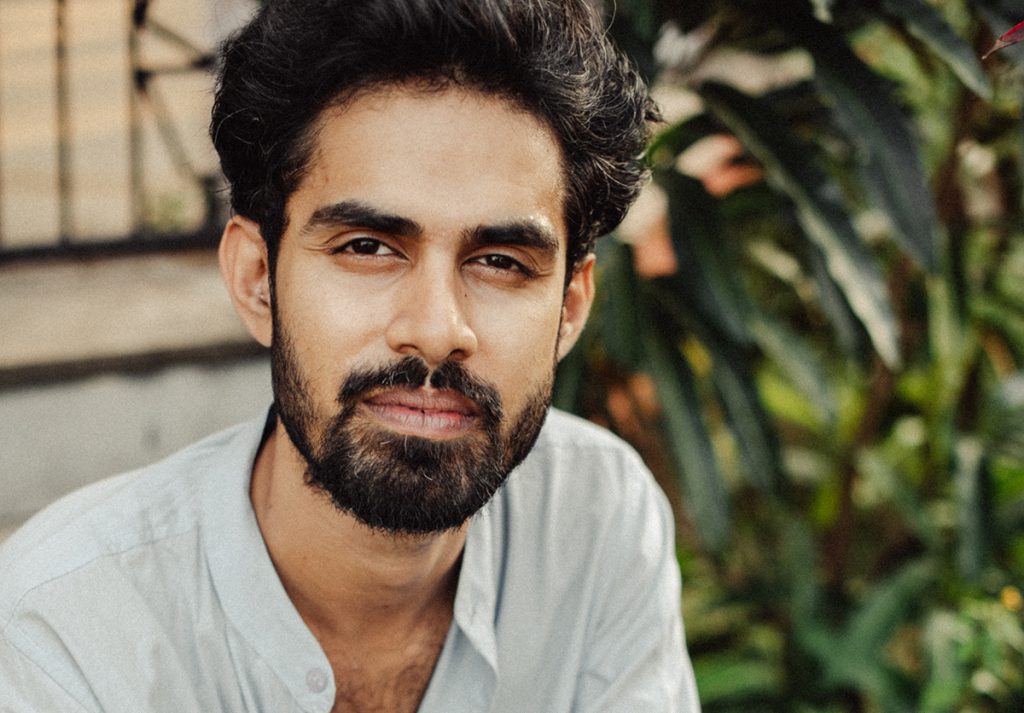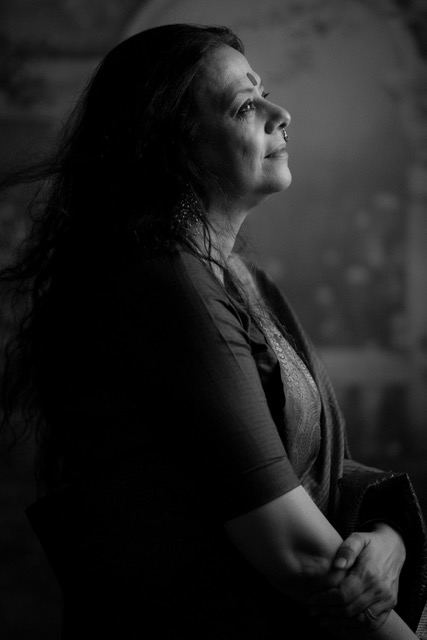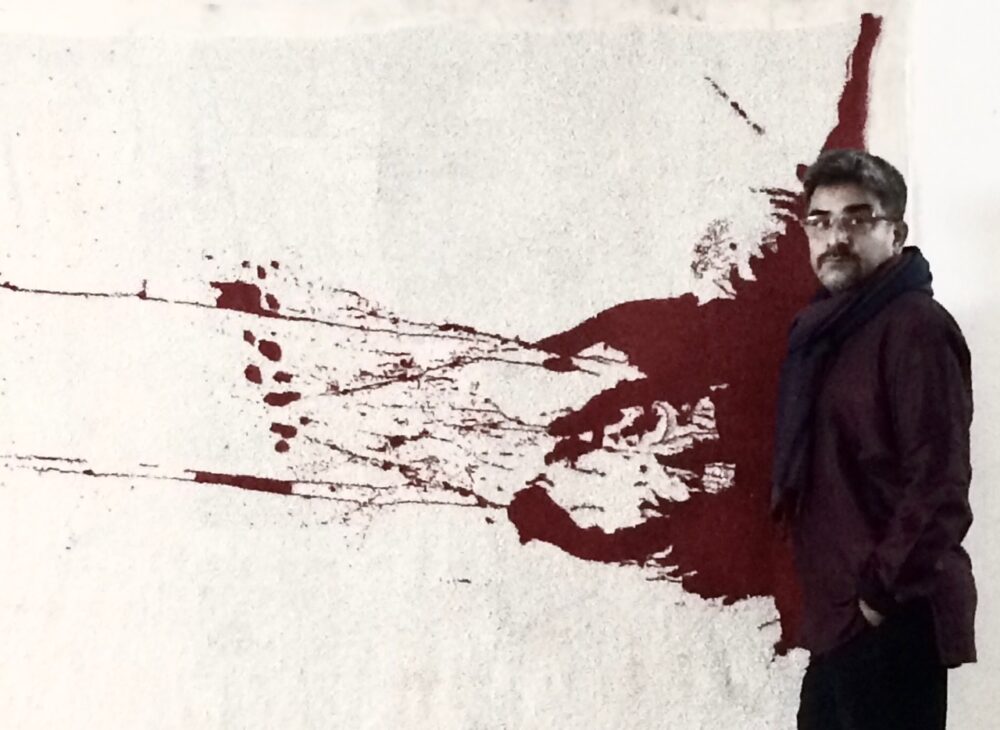Welcome Readers,
As India Art Fair 2025 nears the horizon, our excitement is escalating. Numerous galleries have walked the pavilions of IAF 2025, with some establishing themselves as a staple in this art fair.
Today we have with us James Green. He is a Senior Director at David Zwirner Gallery. One of the top art galleries in NYC, David Zwirner Gallery has championed modern and contemporary art, sheltering a humongous roster of artists, since its inception. As they further their legacy and mission with the 16th edition of India Art Fair, we sit down with them for a little tête-à-tête.
Q. Hello James. It’s a pleasure to converse with you. First of all congratulations on making it this year at India Art Fair 2025. Let’s get the ball rolling. Could you tell us about the David Zwirner Gallery and its mission?
James Green: David Zwirner is a contemporary art gallery with locations in New York, Los Angeles, London, Paris, and Hong Kong, and currently represents more than eighty artists and estates. The gallery has been home to innovative, singular, and pioneering contemporary art exhibitions across a variety of media and genres. Active in both the primary and secondary markets, David Zwirner has helped foster the careers of some of the most influential artists working today and has maintained long-term representation of a wide-ranging, international group of artists.
Q. As we know, the India Art Fair is a hotspot for contemporary South-Asian art and Art Fairs and David Zwirner at this point are synonymous. This begets the question – what is the need or rather the importance for a New York-based gallery, such as yourself in such settings?
James Green: New York remains our original home, but with our global locations and the wide geographical spread of our artists, our modern art collectors and the institutions where our artists exhibit, we are a global gallery first and foremost. We represent a leading artist of South-Asian origins in Huma Bhabha, alongside artists including Paul Klee, Yayoi Kusama, Oscar Murillo, and Wolfgang Tillmans, who have a large following in South Asia. We are looking to create new dialogues around the diverse group of artists we work with within the region.
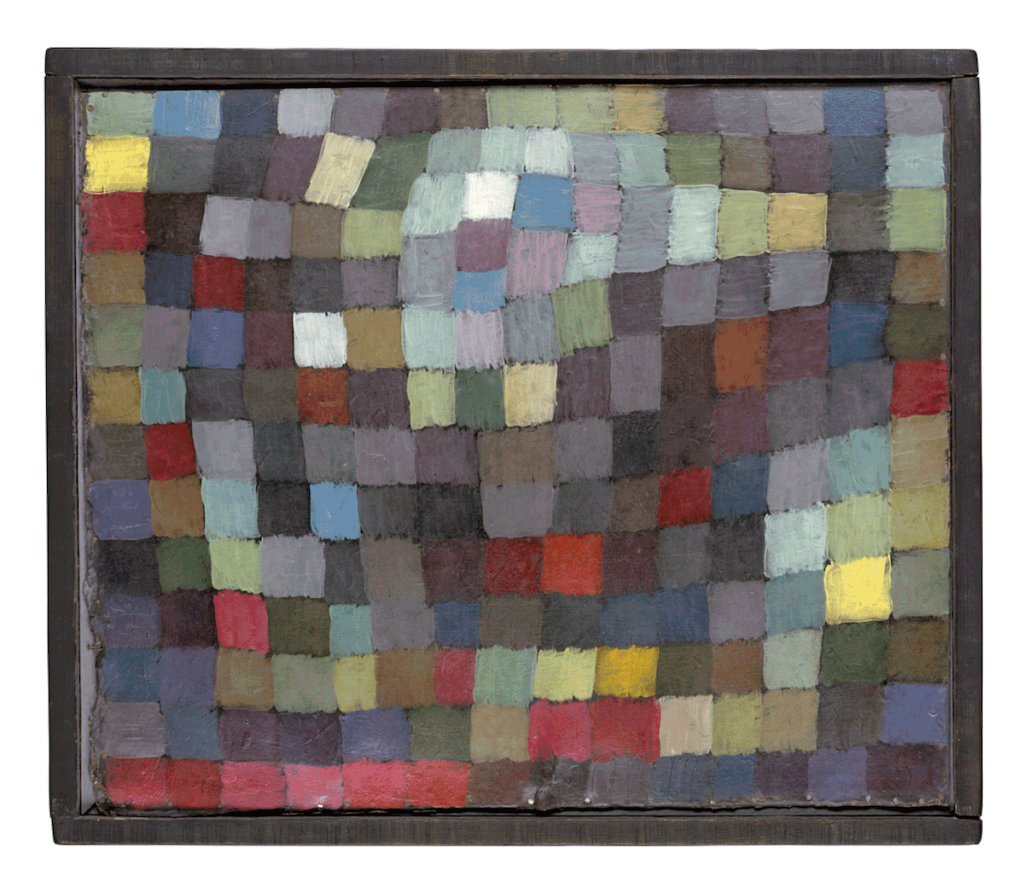
Oil on cardboard
Q. This time around, David Zwirner is representing multiple cities such as New York, London, Los Angeles, Paris, and Hong Kong. James, I wonder whether you find it a pressure, a challenge, or a crafted opportunity to narrate the vernacular and charm of each city via the artworks that you have chosen to represent at IAF.
James Green: We are representing ourselves and our artists in those cities, and together we want to embed ourselves into the cultural life of those places in meaningful and long-lasting ways. A key element of that is developing gallery spaces and exhibitions that respond to the specifics of the location, so – for example – an exhibition by the same artist in London will be different from one in Hong Kong.
Q. Could you tell me about the represented artists who’ll be the centre of attraction at the 16th edition of IAF? Taken from your gigantic directory, what makes these artists unique?
James Green: After participating in three editions of IAF in the past, we already know there is demand for several artists in our roster. We are thrilled to be able to complement that group with two of David Zwirner artists with huge followings that we have not shown in India before—Huma Bhabha and Paul Klee—in different historical and aesthetic contexts. To be able to span almost 100 years of art history on our stand is always exciting.
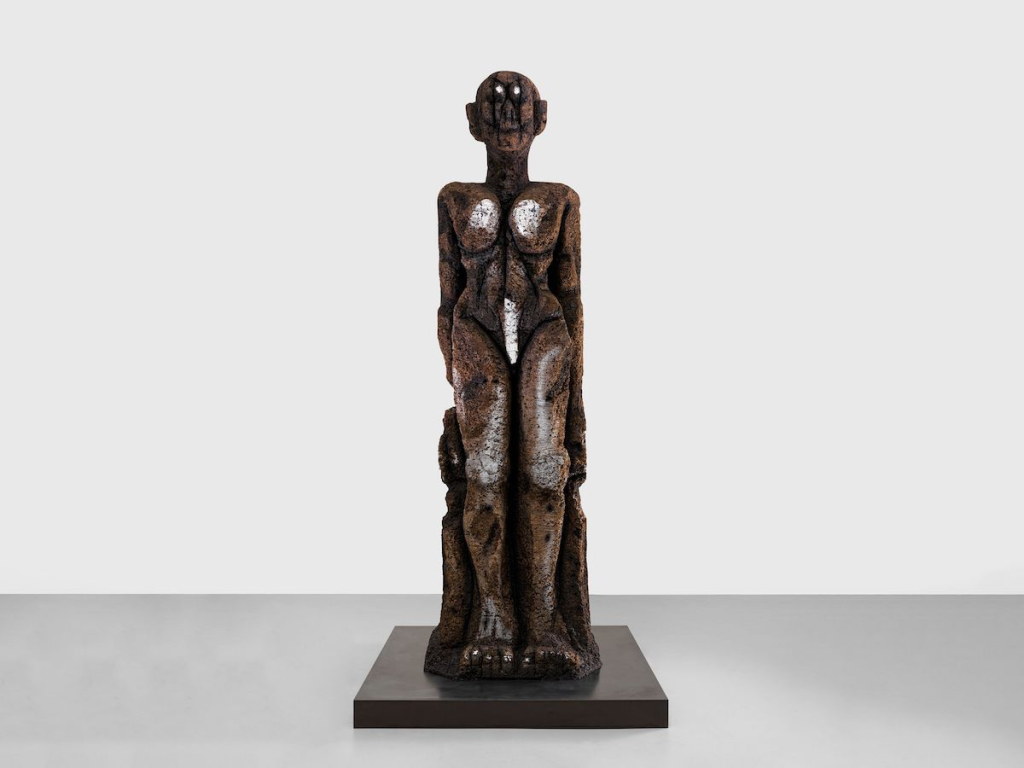
Cork, acrylic, oil, and MDF
Image courtesy- David Zwirner Gallery
Q. This is not your first time at IAF, is it? What are you looking forward to in this edition of the India Art Fair? We all strive to be better, and I wouldn’t expect anything less from you. How are you planning to take it to the next level?
James Green: We hope that both our presentation and the response to it are elevated each time we participate. The dialogue we have with people in and from the region has only increased in recent years—both by us coming to India and also in the locations where we have galleries—so to be able to build on that and continue to have meaningful and lasting links to Delhi, India and South Asia as whole is crucial.
Q. Let’s talk about the art market trends James shall we? What do you see selling more — is it contemporary artists or established personalities? How were the sales for you last year? Are there any projections you’ve made for the new edition?
James Green: The market has become so global and diverse that trends are becoming harder to predict, but quality wins out regardless of how established artists may be. That is why we focus on artists who will be important in the future, not just today and tomorrow, but looking ahead into the future canon of art history. The market usually supports those artists in the long term.
Q. You have participated in multiple art events, fairs, and contemporary art exhibitions such as Art Basel, Venice Biennales etc. What makes the India Art Fair different from them? Or is it that IAF is yet another art fair?
James Green: Art fairs are a rare coming together of all aspects of the art world, and the way India Art Fair represents its region means it has its own specific identity which we hugely appreciate.
Q. There is no denying that India Art Fair is not just an exhibition, but also a platform where community building is a given. What other benefits do you think the other galleries, who aren’t participating this year, are missing out on?
James Green: There is no substitute for seeing the community, the art, the artists and the spaces in person. Those not participating are also missing out on the food!
Q. What do you think India’s participation is to furthering the art, feeding into the global art movements? How has the Indian art market been for you?
James Green: Whilst the visibility of South-Asian artists outside the sub-continent has notably increased in recent years through commercial galleries, museums, fairs and biennales, the growth of and support of the market in India, both for South Asian and International art, needs to be the solid foundation. In my view, the importance of South-Asian art and the art world in South Asia is growing & will continue to do so.
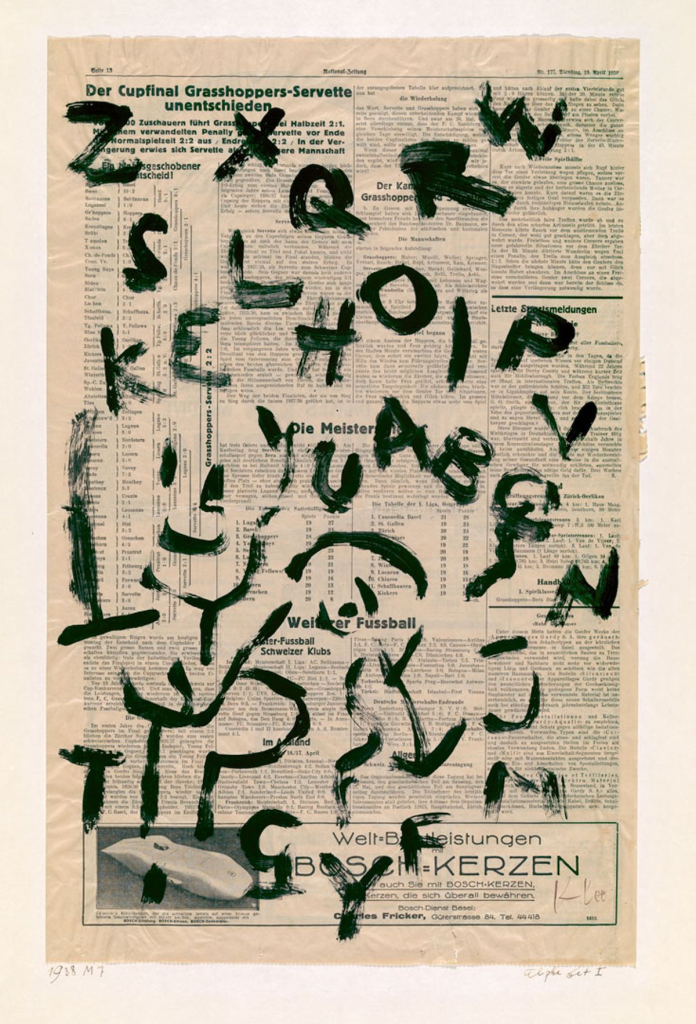
Colored paste on paper on cardboard
Image Courtesy- David Zwirner Gallery
Q. Where can our readers find out more about David Zwirner and its ethos? Do you currently offer a virtual gallery tour? If so, where can they find you?
James Green: In addition to the gallery program, David Zwirner produces content through David Zwirner Online; David Zwirner Books, the gallery’s publishing arm that launched in 2014; the podcast Dialogues, which premiered its first season in 2018; and Utopia Editions, the gallery’s fine art print publisher, launched in the fall of 2021. Please come and see us at stand B06 at the India At Fair.
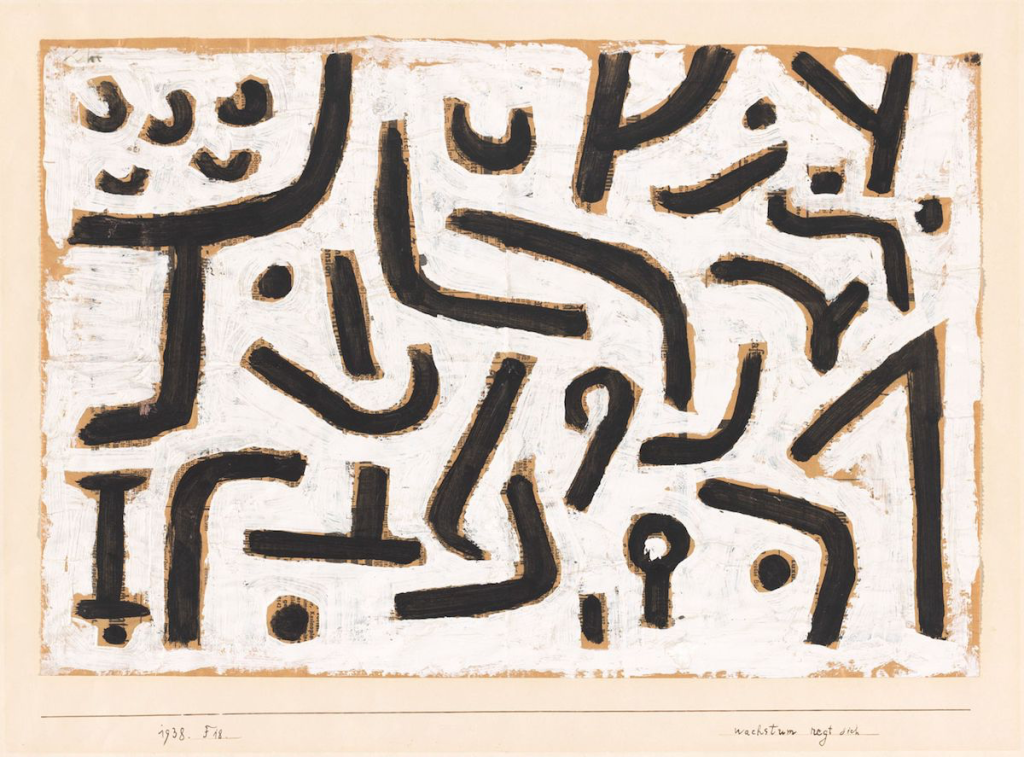
Colored paste on paper on cardboard
Image Courtesy- David Zwirner Gallery
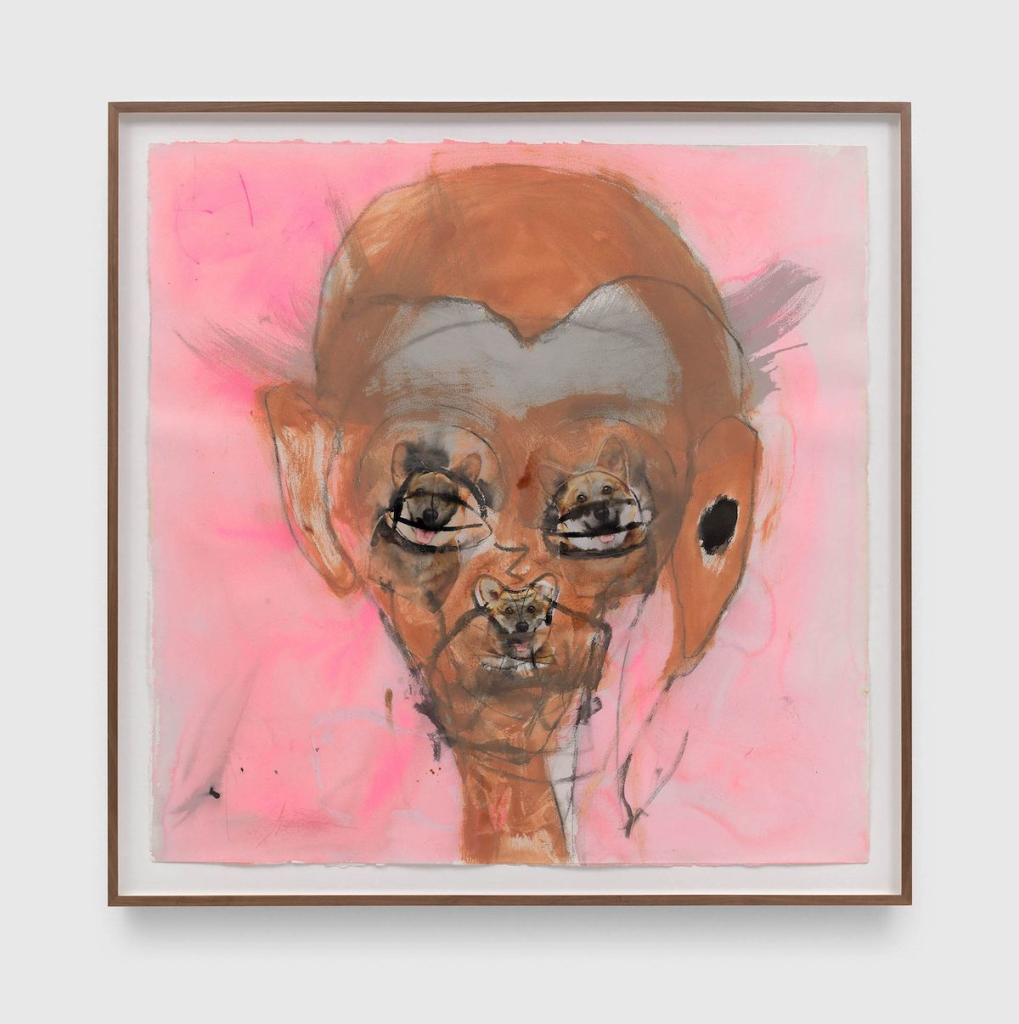
Ink, acrylic, pastel, charcoal, and collage on paper
Image Courtesy- David Zwirner Gallery
Q. Thank you so much, James, for sitting down with us. We wish you the best for the India Art Fair. See you there 🙂
James Green: Thank you and see you there!
Image Courtesy – David Zwirner
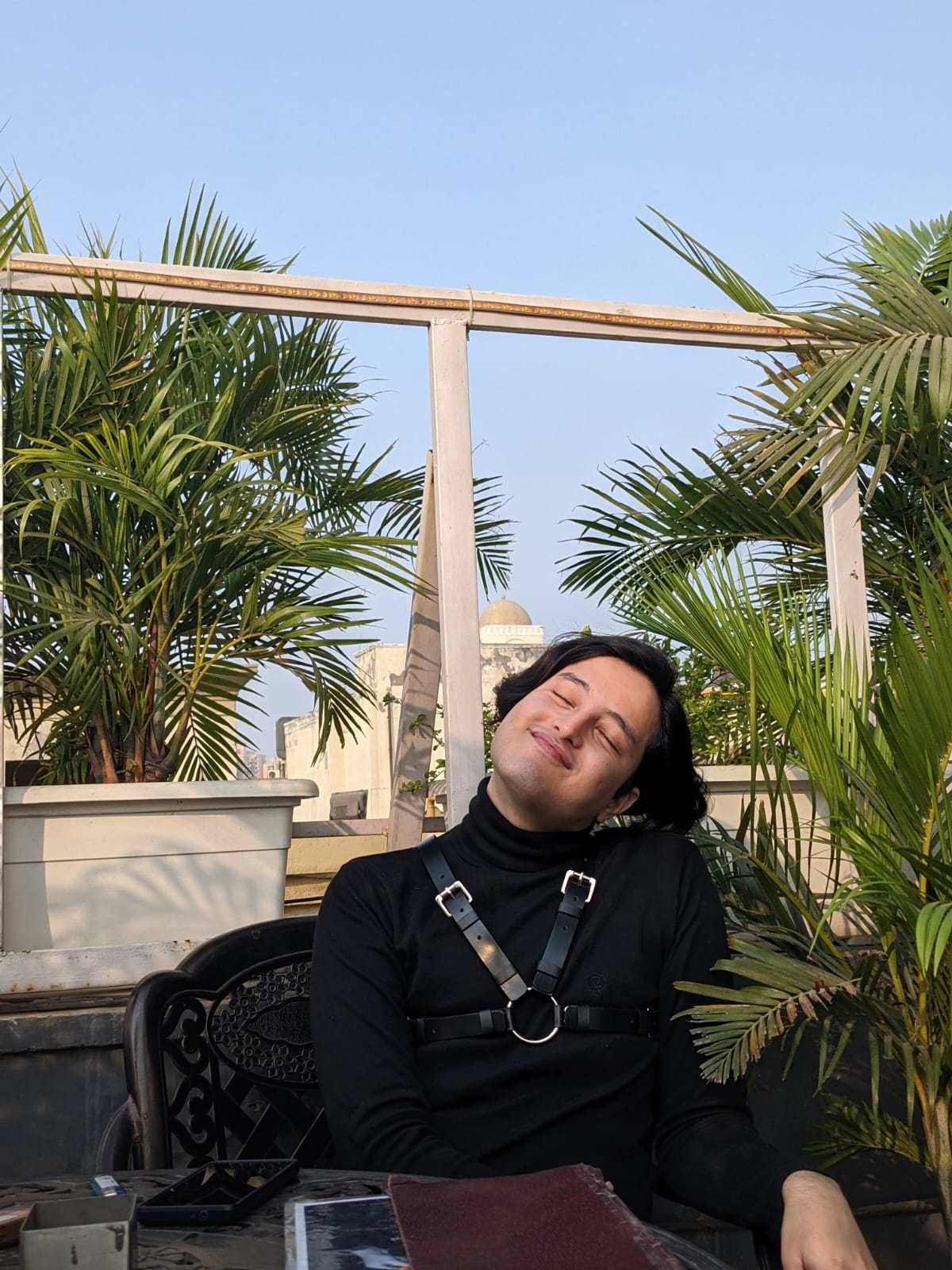
Hi Ya’ll !!
I love writing about pop culture and all things queer.
Sub Editor at Abir Pothi

